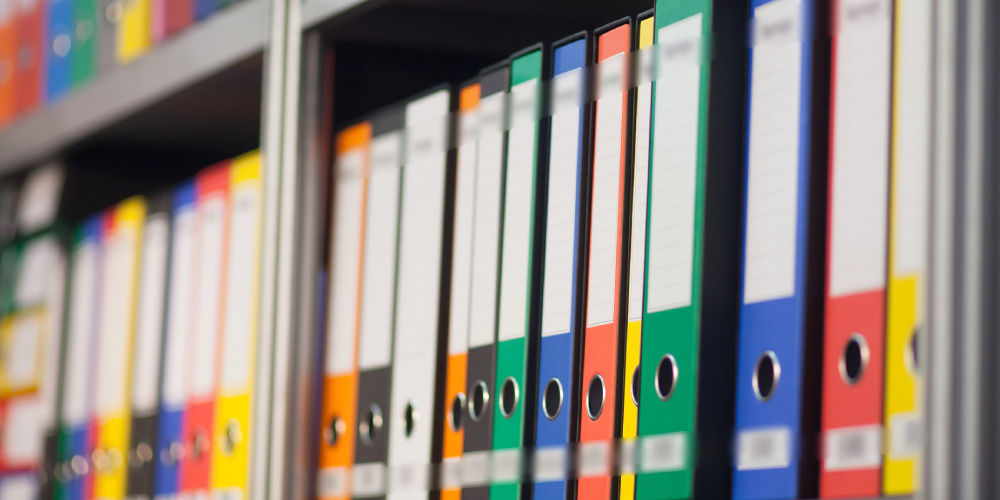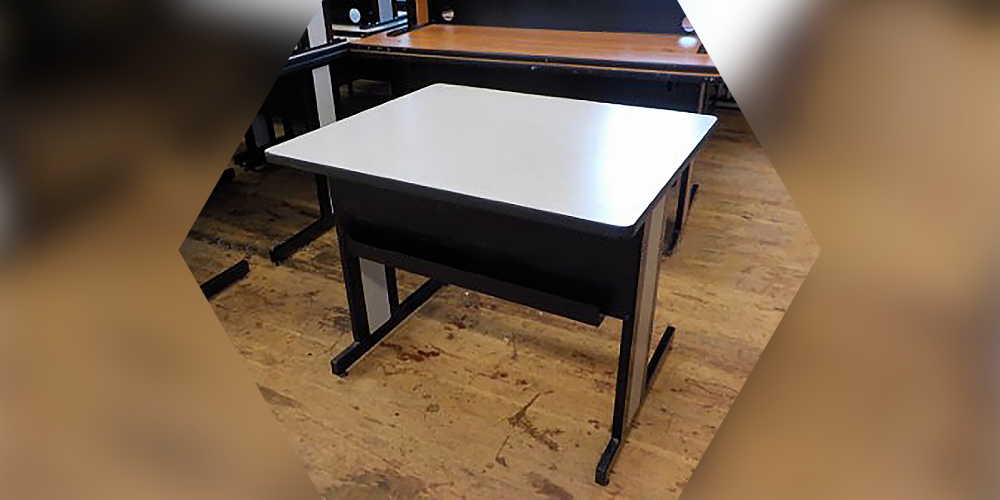Giving away the goods: Community groups benefit from federal donations
What do a First Nation school in British Columbia, a community organization in Quebec and an education centre providing courses to disadvantaged youth in Ottawa have in common?

They recently received donations of surplus goods from the Government of Canada.
Finding new homes for surplus goods
The Government of Canada buys a wide variety of goods to support the delivery of programs and services for Canadians. When these wares are no longer needed, they are divested using the most financially and environmentally sound methods possible.
Federal departments and agencies are required to sell their surplus goods or transfer them to another federal department for reuse. Items that are not claimed can be donated to eligible groups, including:
- charities
- non-profit organizations
- Indigenous communities
- other levels of government
For years, Public Services and Procurement Canada (PSPC) has provided a centralized system to assist with the sale and transfer of surplus federal goods. Donations to eligible groups were previously left up to individual departments, but, in 2020, PSPC added the GCDonate platform to its divestment services.
GCDonate has a lot to offer (in every sense)
GCDonate provides federal departments with an efficient application and a knowledgeable PSPC team to facilitate their donation efforts, and eligible groups have a one-stop shop to visit for free federal goods.

The result is that more items are available for donation and it's easier for eligible groups to obtain them. “GCDonate extends the life of these assets, which are all fit for use, and that's good for communities and the environment,” says Josée Doucet, Senior Director of our main divestment platform, GCSurplus.
Increased equity is another advantage of GCDonate. "By being able to centrally track and look across the board at all Government of Canada donations, we can ensure that items are distributed as fairly as possible to a range of deserving groups and, through them, to those they assist," explains Doucet.
The items available vary widely, from furniture and binders to personal protective equipment and specialized goods, such as the fluorometers that a group in Western Canada needed to test lake water.
Eligible groups can register to browse GCDonate and sign up for alerts when items are added to their preferred categories. All goods are picked up locally, in coordination with the department offering them.
The feedback from donation recipients has been very positive. "We were impressed with the condition these tables were in and how quickly and effectively the GCDonate staff communicated and worked with us," said a representative for a Tla'amin First Nation school about their experience.
A staff member for the Assemblée chrétienne Île de Patmos remarked that, thanks to the donations, "we have assisted families without masks and detergents. Our efforts would not be as effective without your support. It's through programs like GCDonate that we can continue to advance our mission."
Similarly, Francisca Mbambi, Chief Executive Officer of STEM World Educational Services, says: "GCDonate has helped us in many areas. We can't thank them enough for their hard work and efforts."
A better future for federal goods and Canadians
According to Doucet, GCDonate is growing and improving. “PSPC is building networks with other departments and sharing information on how they can contribute by donating items, while looking at how to support the most deserving groups and continue promoting a greener economy,” she notes.
Visit GCDonate to learn more about this new tool that's contributing to the federal government's socioeconomic and environmental goals. Meanwhile, GCSurplus has information about all of PSPC's services related to divesting surplus federal goods. You can also check out Our stories to discover more articles about PSPC people and projects making a difference in the lives of Canadians.